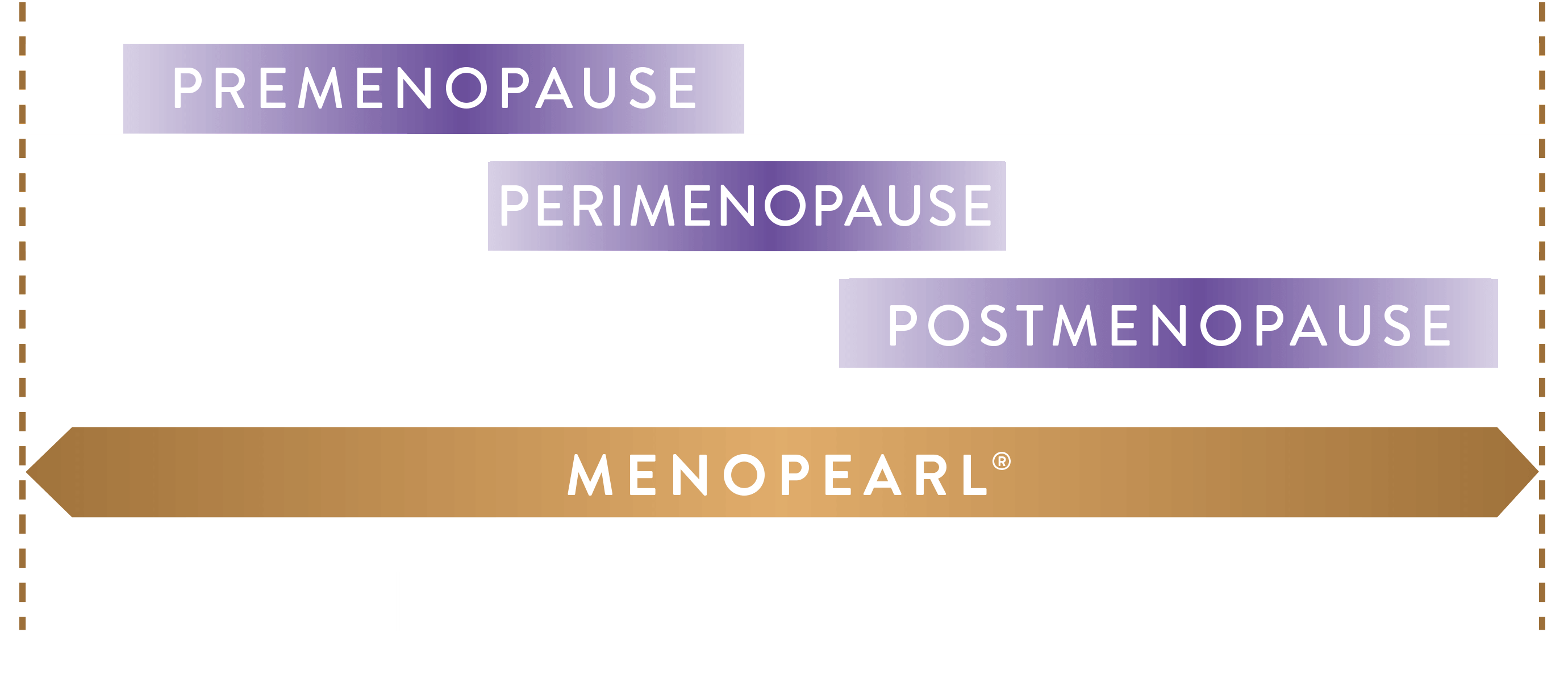«I WANT TO FIND FULL EXPRESSION AS A WOMAN.
I AM AN UNCOMPROMISING WOMAN.»

THE MENOPAUSE
The onset of menopause may vary a great deal from one woman to the next, and the impact it has on each woman is very individual. This phase of life does not have the same pattern for all women. There is also no definite point in time when hormonal changes begin in the female body. Menopause does not start suddenly – it begins very gradually.
The changes are caused by the subtle interaction of the woman’s hormones. These work in our bodies as messengers that control and regulate our metabolic processes. Hormones are transported via our bloodstream to the particular target organs, binding to special cells also called receptors. This works according to the lock-and-key principle, which means that each hormone (key) fits with only one specific receptor (lock). Thus, only certain hormones can dock on specific cells of the target organ and trigger metabolic processes there.
In a woman, the female hormones estrogen and progesterone, among other hormones, control reproduction, follicular development, ovulation, and the formation and shedding of the endometrium. The production of sex hormones changes over the course of life, particularly from the age of 40 onwards. As the production of hormones in the ovaries declines, menopause begins.
This changes the duration, frequency and intensity of the menstrual periods, which become more irregular at first and then stop completely.
Changes in menstrual periods at the start of menopause:
- Stronger or weaker periods
- Periods with longer or shorter durations
- Spotting
- Shortened or extended cycles
The change of life or menopause (also known in medical terms as the climacteric) can be divided into 3 different phases. The onset of menopause and its duration is different and individual for every woman.
Although at different times, each woman enters the premenopause stage first, followed by the perimenopause, and then finally ending with the postmenopause.
MENOPAUSE – THE 3 PHASES OF THE CLIMATERIC MENOPAUSE

Premenopause
This begins approximately 5-10 years before the last menstrual period, usually between about 40 and 45 years of age. The production of hormones gradually declines during this phase and the cycle becomes more irregular. From around 40 years of age, the woman experiences the first signs in the form of relatively slight symptoms that she may not even notice. Often, it does not occur to her to attribute them to the beginning of the menopause.
Perimenopause
This starts one year before the last menstrual period and ends around the year following the last period.
Postmenopause
This follows on directly from the perimenopause and nishes around the age of 65. This phase lasts about 12 years in total.
